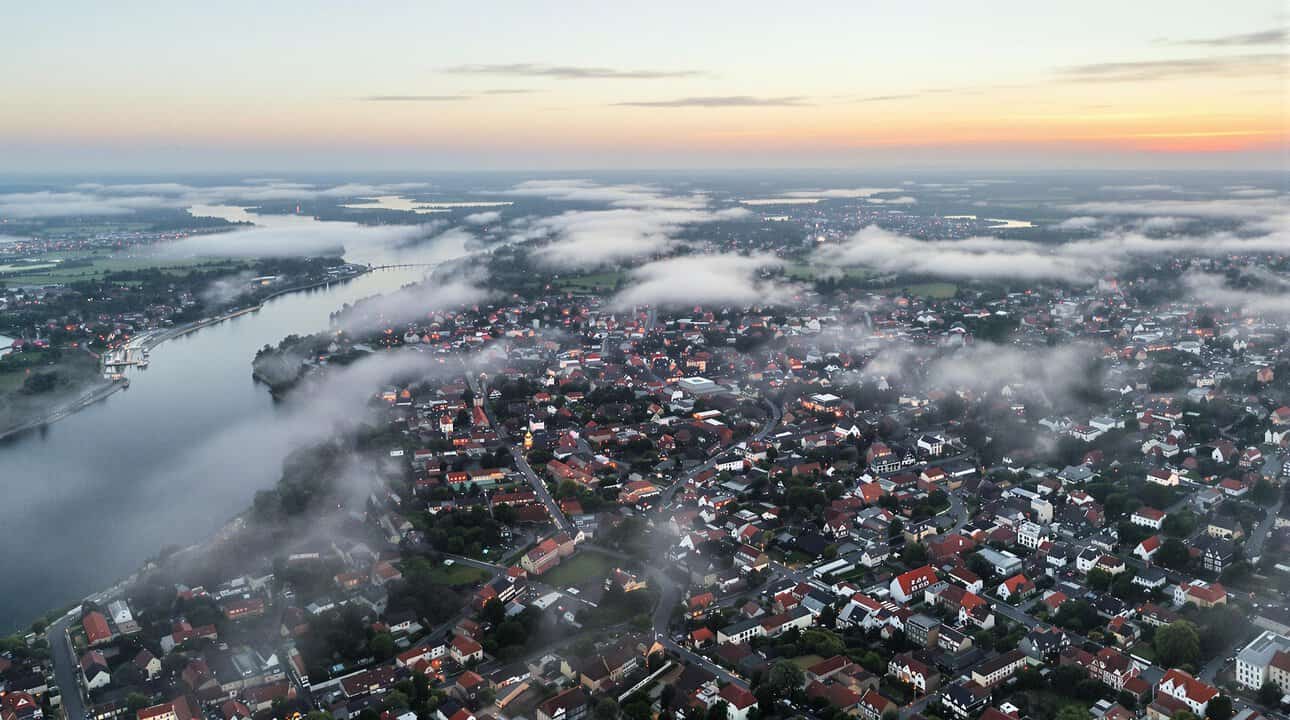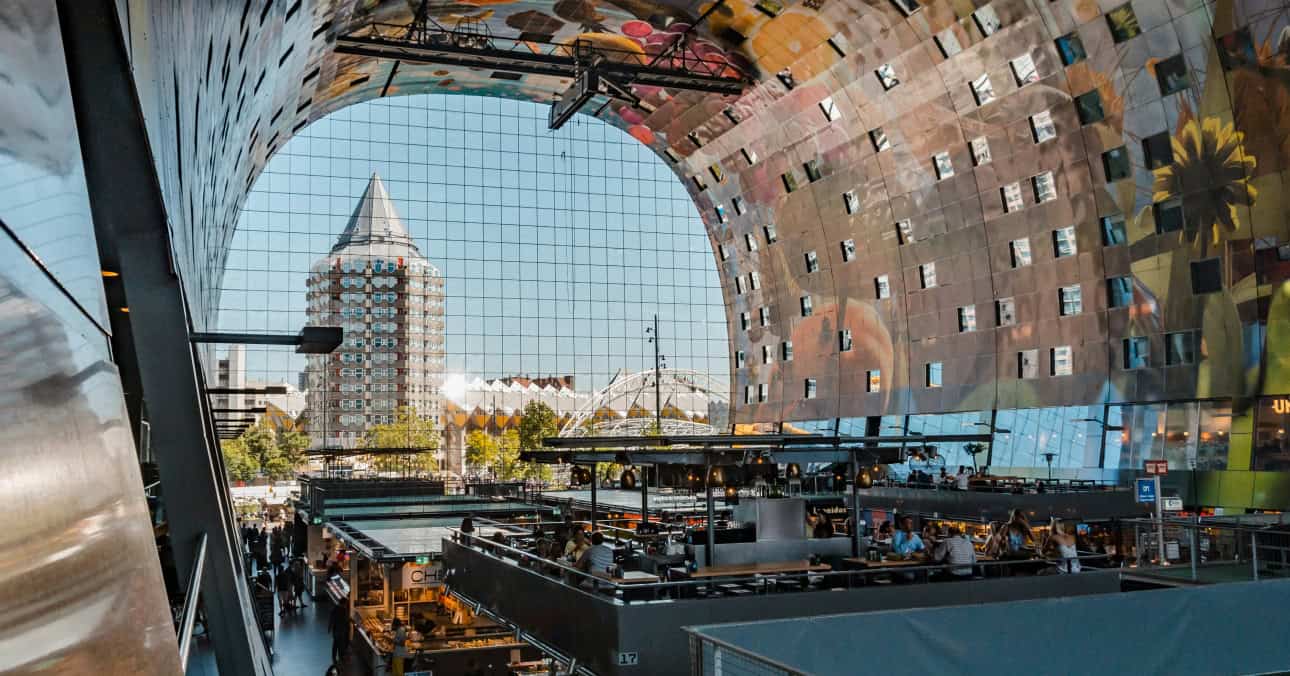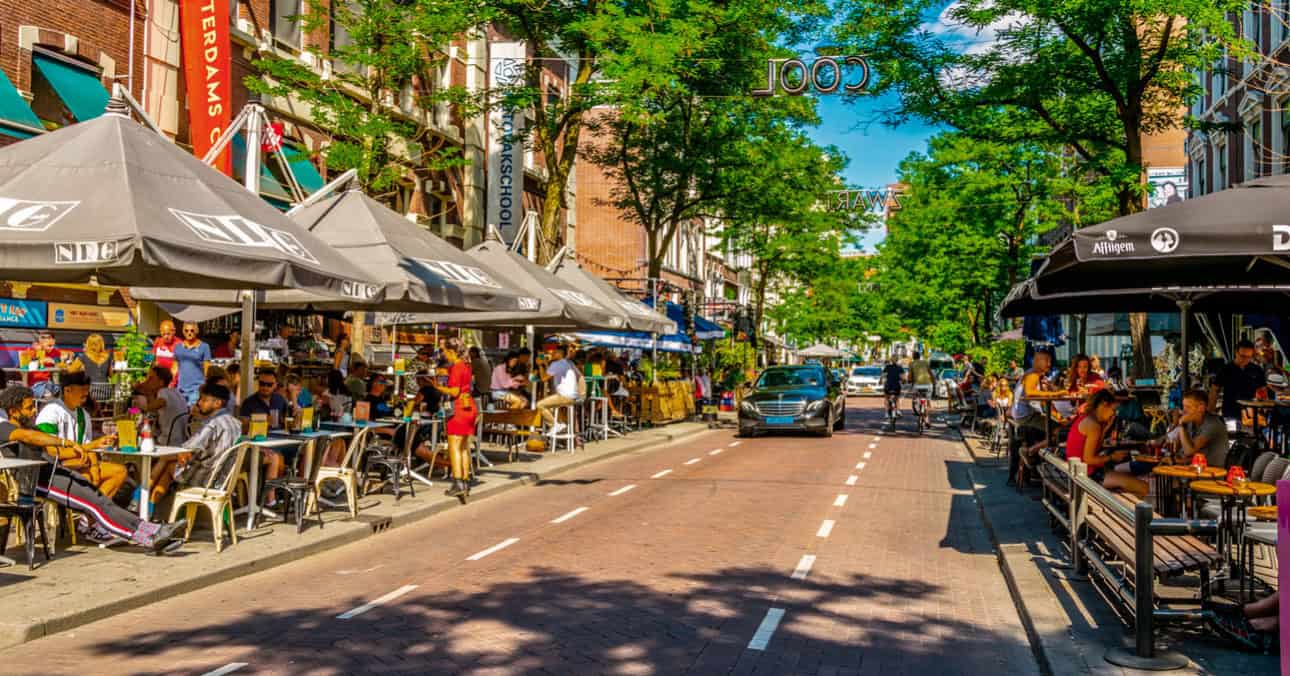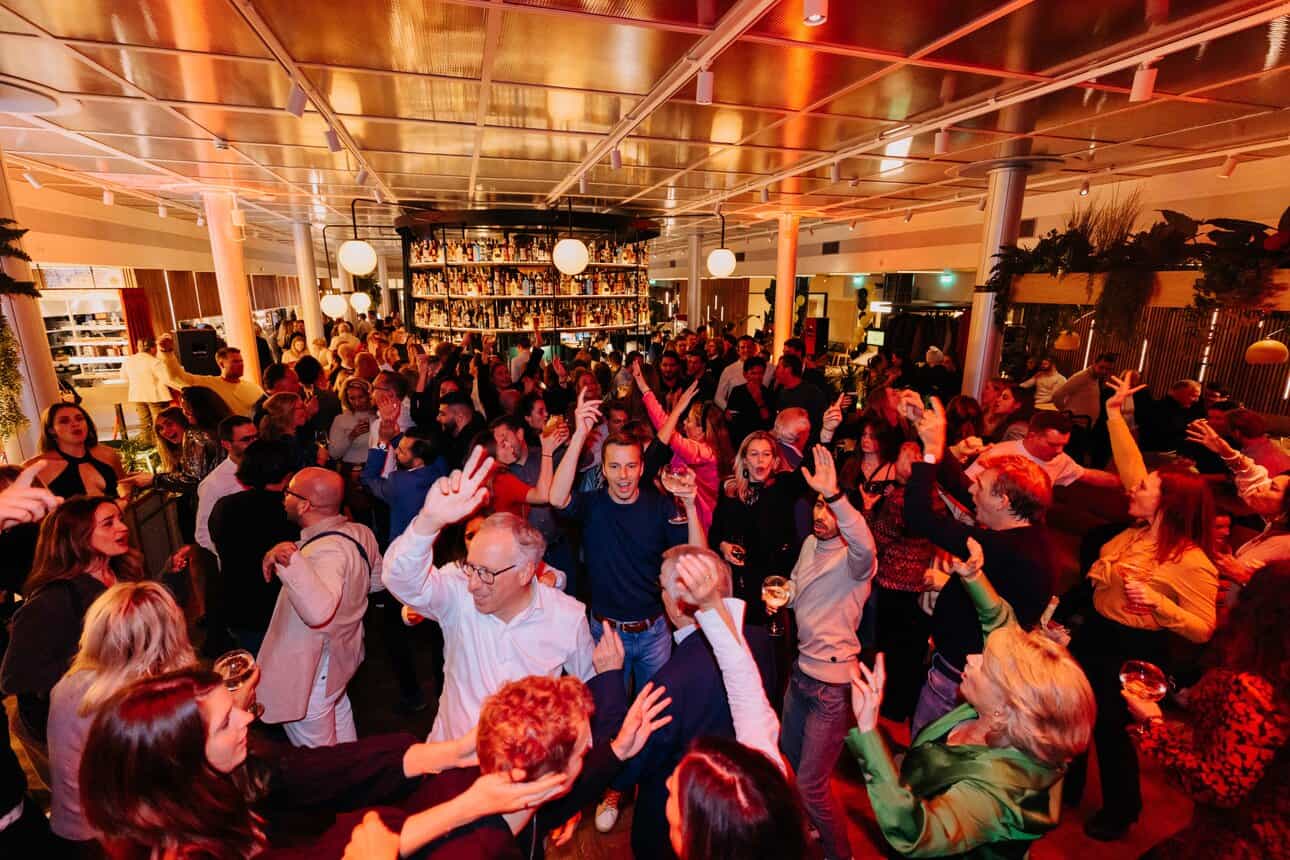Amsterdam and Rotterdam, the Netherlands' two largest cities, present a fascinating contrast. While Amsterdam is renowned for its historic charm and cultural attractions, Rotterdam embodies modern innovation and logistical prowess. But when it comes to size, which city truly takes the crown?
Let's delve into a comparison of these two urban powerhouses, exploring their unique characteristics and uncovering some surprising facts along the way.
Population: The Numbers Game
When examining population figures, Amsterdam emerges as the larger city. As of 2025, Amsterdam's population within city limits is approximately 741,636, surpassing Rotterdam's 598,199. This trend continues when looking at metropolitan areas, with Amsterdam boasting around 1,189,000 residents compared to Rotterdam's 1,026,000. These numbers demonstrate Amsterdam's lead in terms of sheer inhabitants. However, population alone doesn't tell the whole story of a city's significance or character.
Beyond the Numbers: Urban Footprints
While Amsterdam may have more residents, Rotterdam spreads its wings wider. The city's metropolitan area covers approximately 100 km², significantly larger than Amsterdam's more compact layout. This spatial difference reflects Rotterdam's post-WWII reconstruction, which prioritized open spaces, modern infrastructure, and room for its massive port facilities. Rotterdam's expansive urban footprint is a testament to its role as a hub for logistics and trade, providing ample space for its bustling port and industrial activities.
Economic powerhouses, different specialities
Both cities are vital to the Dutch economy, but with distinct focuses. Rotterdam is the beating heart of European logistics, home to the continent's largest port. Its economy revolves around trade, shipping, and cutting-edge industries, making it a critical node in global commerce. In contrast, Amsterdam boasts a more diversified economic base, strong in finance, technology, and tourism. This diversity attracts a wide range of businesses and visitors, contributing to Amsterdam's vibrant cultural scene.
Cultural appeal: history vs. innovation
Amsterdam draws millions with its picturesque canals, world-renowned museums, and preserved historic centre. The city's cultural appeal is undeniable, with landmarks like the Rijksmuseum and Anne Frank House drawing visitors from around the globe. On the other hand, Rotterdam captivates through bold architecture, a spirit of reinvention, and landmarks like the iconic Erasmus Bridge and mind-bending Cube Houses. This blend of modernity and innovation makes Rotterdam a city of grandeur and functionality, embodying the Netherlands' forward-thinking ethos.
A global outlook
Interestingly, Rotterdam edges out Amsterdam in one key metric: non-native English proficiency. Rotterdam residents rank highest globally in this area, with a score of 71.68/100, slightly ahead of Amsterdam's 71.35. This linguistic prowess reinforces Rotterdam's role as an international gateway and hub for global business, fostering collaboration and trade across borders.
Conclusion: two Cities, two Identities
While Amsterdam's larger population gives it the technical win in the “bigger city” debate, Rotterdam's expansive urban footprint, economic might, and forward-thinking ethos make it a true heavyweight in its own right. Each city offers a unique flavour of Dutch urban life: Amsterdam embodies historic charm blended with a cosmopolitan vibe, while Rotterdam showcases the Netherlands' innovative spirit and global connectivity. Ultimately, both cities stand as testaments to the diverse strengths of the Netherlands. Whether you prefer Amsterdam's cosy canals or Rotterdam's bold skyline, each offers a rich urban experience that goes far beyond simple population figures.
















